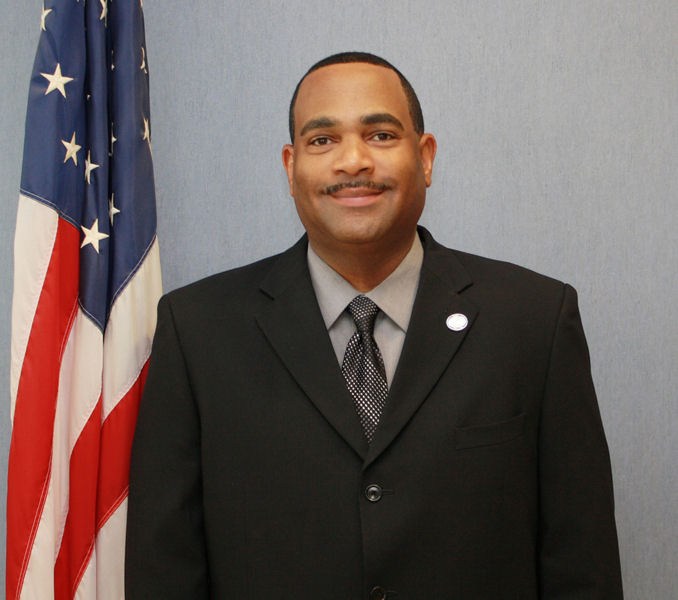
James A. “Tony” Parrott will sit on the Water Leaders Session panel at WEFTEC 2015. Photo courtesy of Parrott.
Water leaders will sit on a panel to discuss the changes occurring in different cities as part of the WEFTEC® 2015 session, “The Impact of Leadership: Culture, Communication, and Community in Great Water Cities.” On Sept. 28, 10 a.m. to noon, James A. “Tony” Parrott, executive director of the Metropolitan Sewer District of Greater Cincinnati (MSDGC), will be one panelist. The session is part of a series of “Great Water Cities” conversations hosted by the Water Environment Federation (WEF; Alexandria, Va.) so leaders can share lessons learned in managing water to improve resilience, livability, and economic vitality.
Parrott, started his 29-year public utility-career at the Butler County Department of Environmental Services (Ohio) water and wastewater utility. He worked in various positions until he served as executive director from 1995 to 2004. In 2005, Parrott was hired by the City of Cincinnati where he now manages a multi-billion dollar capital program and $350 million annual operating budget. In 2011, Parrott was named a WEF Fellow. He also sits on the boards of directors for the National Association of Clean Water Agencies (Washington, D.C.) and the Water Environment Research Foundation (Alexandria, Va.).
- What do you think are the biggest issues the water sector is facing today?
Unfortunately we face a myriad of issues and that in itself is a challenge to attempt to address with limited resources. Our costs of service and compliance rise faster than our ability to raise the needed finances. That is also dampened by declining water usage, which impacts our expected revenues. Our industry will continue to rely on advanced technologies, which is good and bad. Can we afford to make these investments, which we know will make us more efficient, and will we have the workforce to operate these technologies? Perhaps our biggest issue is developing the support and acceptance by the regulators, our stakeholders, and our customers for the prioritized investments, which will enable us to operate more efficiently and achieve our core service. I am optimistic that our recent Value of Water Coalition effort can help us achieve that. Uniting the top utilities and private water entities into an organized campaign to raise the awareness and call for action will result in great dividends for the American public and our country’s continued economic prosperity.
- Are there any particular issues that have been more challenging for your utility and/or region?
The political environment we work in is contentious and factious. The governance structure creates inefficiencies that hamper our ability to meet our compliance and asset management schedules. We have a good strategic plan and have made smart investments. We simply need the ability to continue to implement that plan. We serve a large area, so we must focus our communication efforts on those that can support our efforts.
- Has Metropolitan Sewer District of Greater Cincinnati had to make any cultural shifts or organizational restructuring in recent history to respond to changes in the economy, environment, etc.? What other changes has MSDGC recently made to respond to the changing world around it?
We have a very talented and committed staff, and as a result MSDGC has received several national awards and recognitions. In particular, I am proud that our organization continues to provide world-class customer service and embrace innovation. Our collections systems and treatment crews operate with an entrepreneurial spirit. They take incredible ownership of their work and are constantly finding efficient and effective ways to cut costs, while extending the life of our assets.
- What are you hoping to share and/or learn from the Great Water Cities panel?
We are blessed to have such an amazing water resource, in our case the Ohio River, long an economic engine for our region. That river is the reason that Cincinnati is a thriving city. Millions of dollars of commercial investment has occurred recently directly on the banks of that treasure. Development is there because the river is there, and it is our job at MSDGC to ensure that it remains a healthy, vibrant resource. I look forward to sharing that story and learning from others how we collectively raise our profile as Great Water Cities.
Read more about the session in the WE&T article, “A meeting of minds and exchange of ideas at WEFTEC 2015: Great Water Cities leaders will discuss the evolving role of the water sector.” And stay tuned for more from Great Water Cities session panelists in WEF Highlights by searching for the keyword GWC2015.








July 2, 2015
Featured